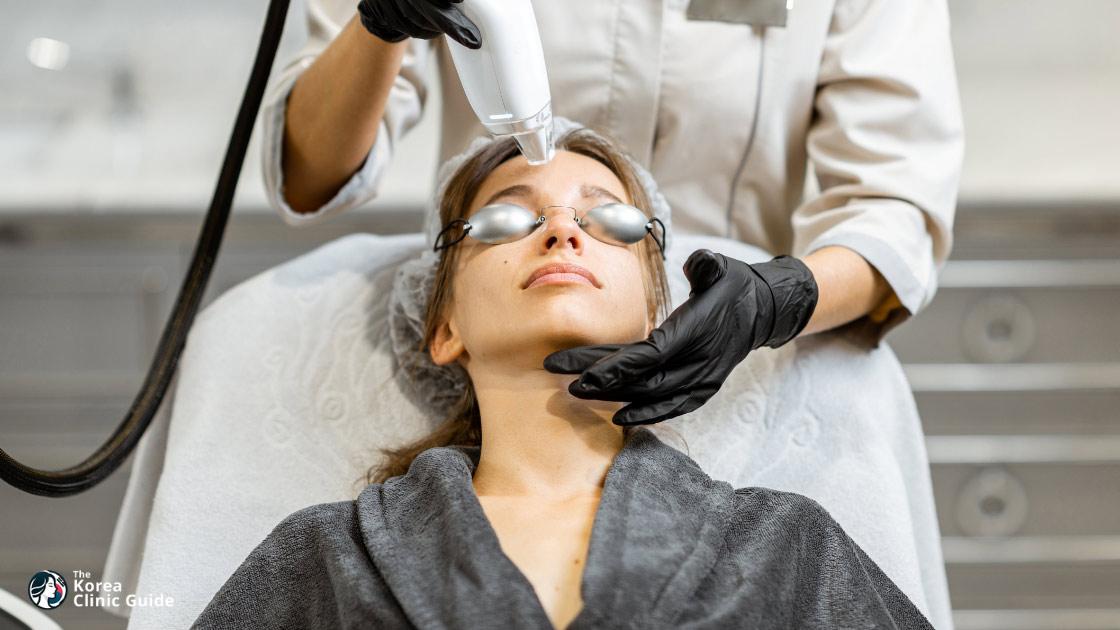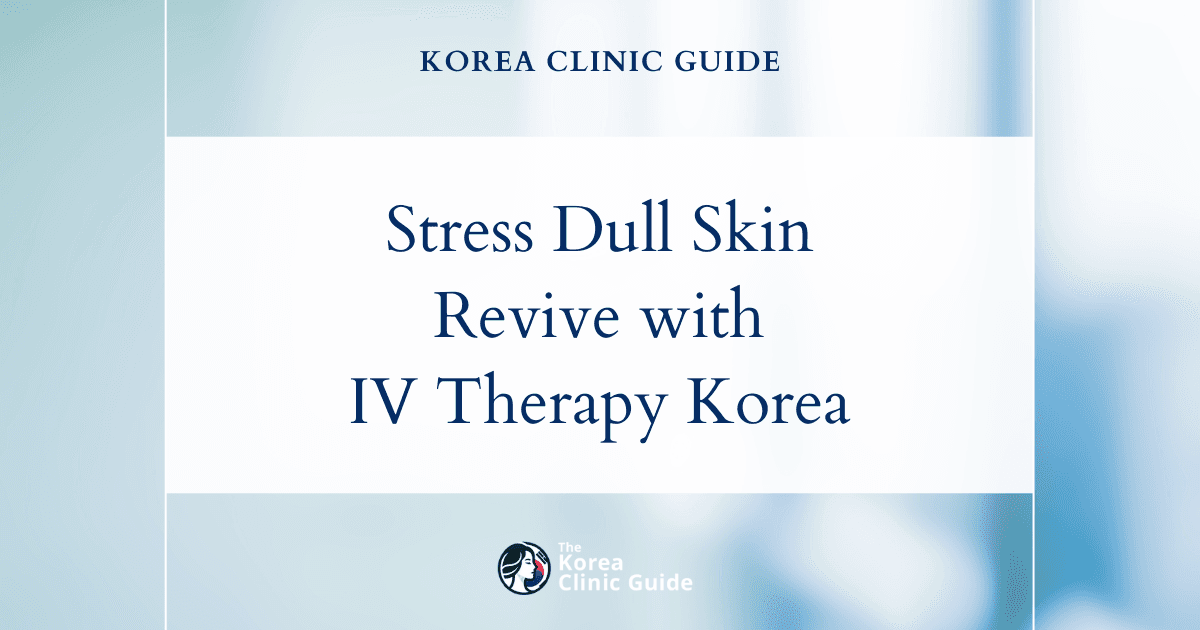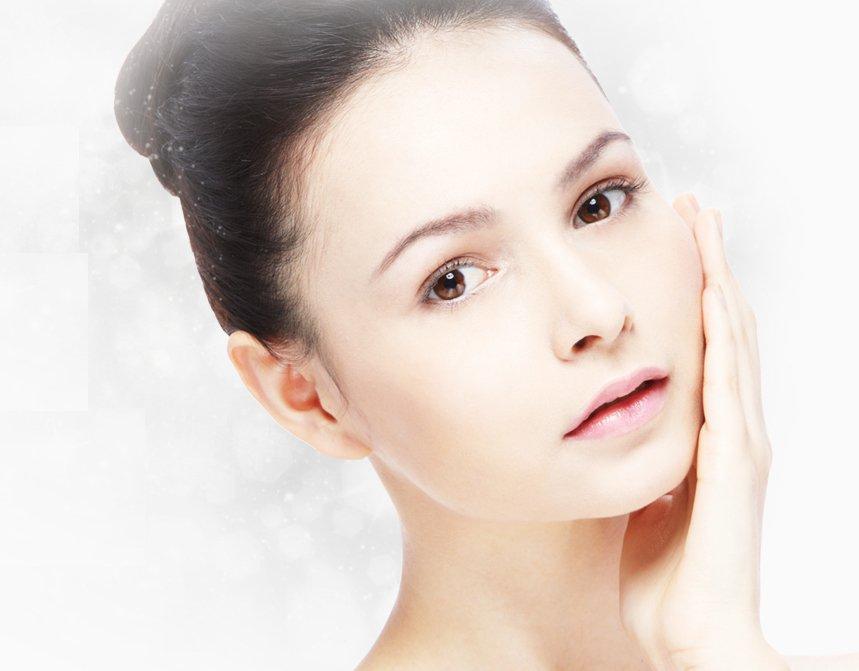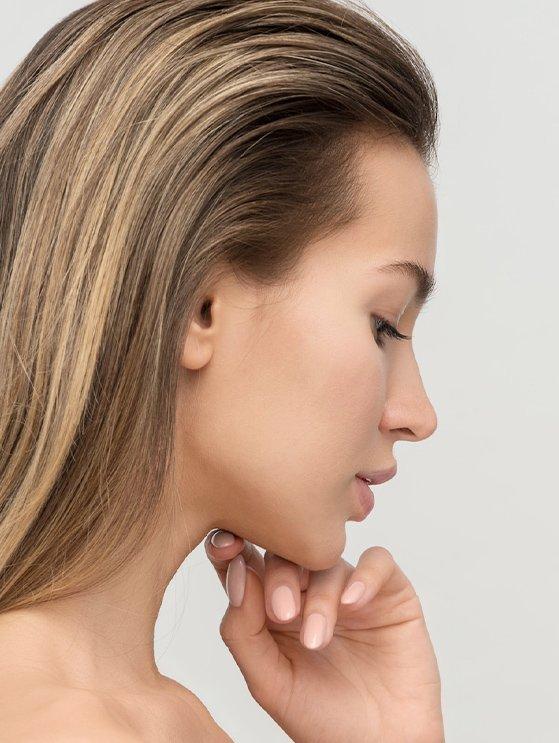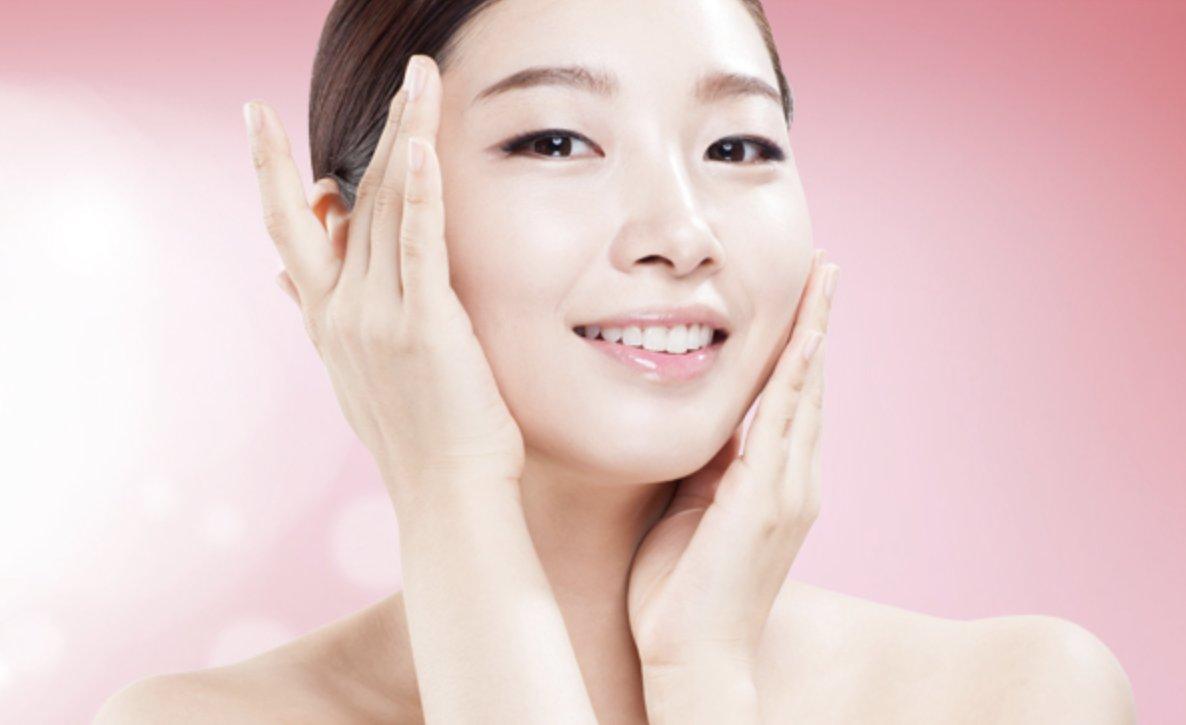Medical Tourism Blog
Effective Rosacea Redness Treatment in Korea with V Beam Laser Technology
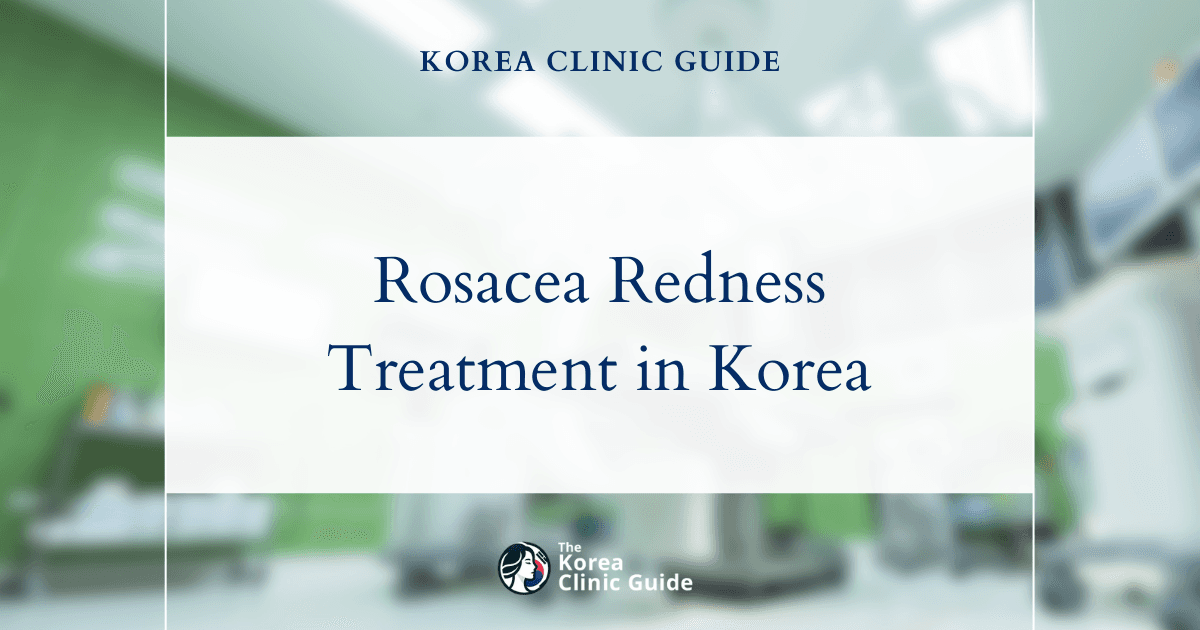
Table of contents
- Understanding Rosacea Redness: A Comprehensive Overview
- V Beam Laser: Mechanism, Application, and Safety
- Best Clinics in Korea for Rosacea Redness
- Navigating V Beam Laser Treatment in South Korea: A Medical Tourist's Guide
- Cost Analysis: V Beam Laser Treatment Across Key Destinations
- Patient Perspectives: Addressing Rosacea Redness with V Beam Laser
- Conclusion: Empowering Patients with Knowledge
- References
Rosacea is a common, often frustrating chronic inflammatory skin condition that mainly affects the face, especially the cheeks and nose. It shows up as persistent redness and small bumps, often starting with frequent blushing or flushing that can turn into a constant facial erythema, resembling a lasting blush or sunburn. This visible condition can greatly affect a person’s quality of life, sometimes causing stinging, burning, or itching. Knowing the details of rosacea and advanced treatments like the V Beam laser is essential for those looking for effective ways to manage it.
Understanding Rosacea Redness: A Comprehensive Overview
Rosacea is a complex skin condition with different symptoms and causes. Understanding its signs, types, and triggers is key to effective care and treatment.
Definition and Common Manifestations
Rosacea causes ongoing facial redness that may start as occasional flushing but can become permanent. It is a chronic condition, meaning it lasts a lifetime without a cure. Treatment focuses on controlling symptoms, slowing progression, and maintaining remission periods rather than curing it. Knowing this helps patients set realistic expectations and stick to treatment and lifestyle changes. The redness usually appears on the central face—cheeks, nose, and forehead—and may come with small red bumps or pus-filled pimples.
Types of Rosacea and Associated Symptoms
Rosacea is divided into four main subtypes, each with unique features:
- Erythematotelangiectatic Rosacea: Persistent redness with visible enlarged blood vessels (telangiectasias or "spider veins"). Flare-ups can happen suddenly.
- Papulopustular Rosacea: Small red bumps or pus-filled pimples that look like acne but without blackheads. Swelling, burning, or stinging may occur.
- Phymatous Rosacea: Thickened, swollen skin, often on the nose, causing a bumpy or bulbous look called rhinophyma, more common in men.
- Ocular Rosacea: Affects the eyes, causing redness, irritation, burning, itching, dryness, blurred vision, light sensitivity, and swollen eyelids. It can lead to serious complications like cornea damage or vision loss if untreated. Eye symptoms may appear before, during, or after skin symptoms and don’t always match skin severity, so prompt medical care is vital.
Other symptoms can include dry facial skin, raised red patches (plaques), and facial swelling (edema).
Underlying Causes and Common Triggers
The exact causes of rosacea are complex and not fully understood, involving genetics, environment, and body functions.
- Physiological Factors: Blood vessels that dilate too easily cause redness and flushing. Immune system irregularities and abnormal inflammation weaken the skin’s barrier. A malfunctioning cathelicidin protein, which normally protects skin from infection, also plays a role.
- Genetic Predisposition: Certain gene variations linked to inflammation and reduced protection against oxidative stress increase risk.
- Microbial Involvement: Overgrowth of skin mites (Demodex folliculorum) can trigger immune responses and disrupt skin. H. pylori bacteria and Bacillus oleronius may also contribute.
- Environmental Triggers: Sun exposure, extreme temperatures, stress, alcohol, spicy foods, hot drinks, irritating skincare or hair products, hormonal changes, exercise, hot baths, and saunas can all cause flare-ups. Since triggers vary by person, patients should track their own to manage symptoms effectively.
Common Pseudonyms and Related Conditions
Rosacea is often referred to by its subtypes: Erythematotelangiectatic, Granulomatous, Ocular, Papulopustular, and Phymatous rosacea. It can be mistaken for acne (which has blackheads), dermatitis, psoriasis, or lupus. Rhinophyma is a severe form of phymatous rosacea. Because of possible misdiagnosis, seeing a board-certified dermatologist is crucial for accurate diagnosis and personalized treatment.
V Beam Laser: Mechanism, Application, and Safety
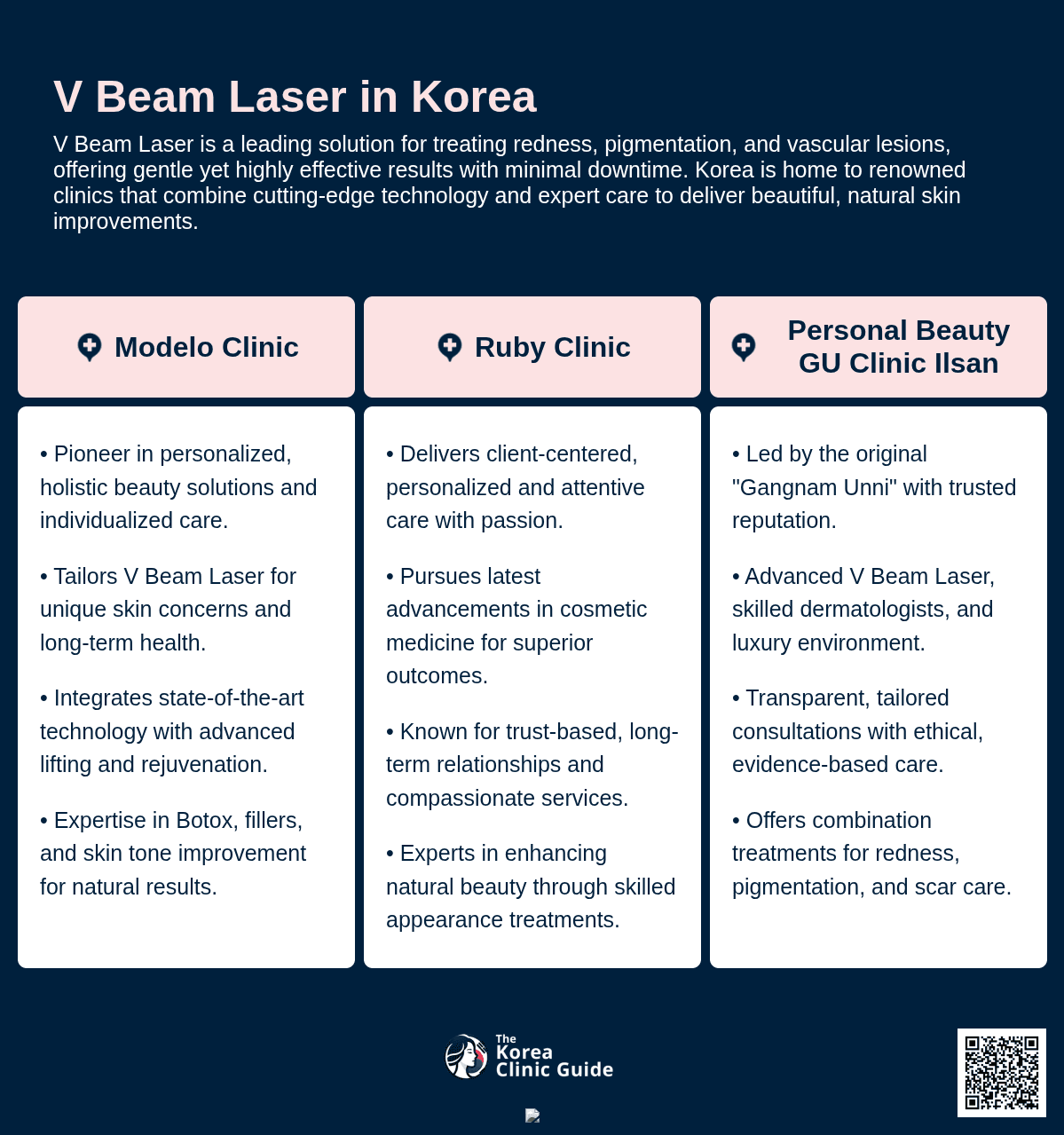
The V Beam laser is a precise and effective treatment for rosacea redness and other vascular skin issues. Its targeted action and safety make it a popular choice.
How Pulsed Dye Lasers (PDL) Work: Targeting Vascular Lesions
The VBeam is a pulsed dye laser (PDL) that emits rapid bursts of light at 595nm wavelength, targeting hemoglobin in blood vessels. The laser energy heats and collapses the abnormal vessels causing redness, which the body then absorbs naturally. Its precision allows it to treat only the problematic vessels without harming surrounding skin, resulting in minimal side effects and quick recovery.
Conditions Effectively Treated by V Beam Laser
VBeam is effective for many vascular and red pigmentation conditions:
- Rosacea: Targets dilated blood vessels causing facial redness and flushing.
- Telangiectasias and Spider Veins: Treats visible small blood vessels on the face and elsewhere.
- Vascular Growths: Cherry angiomas and hemangiomas respond well.
- Birthmarks: Lightens port wine stains and salmon patches.
- Scars: Treats pink and red acne scars (post-inflammatory erythema).
- Other Conditions: Early red stretch marks, angiomas, and some sun damage.
Besides reducing redness, VBeam stimulates collagen production, improving skin firmness, tightening, fine lines, wrinkles, and overall skin rejuvenation.
Safety Profile and Comfort During Treatment
VBeam has a strong safety record, used since the 1980s even on infants. Most patients feel only mild discomfort, like a light snap or sting. Modern VBeam devices include a Dynamic Cooling Device (DCD) that sprays cold air before each pulse to reduce pain and protect skin. Topical numbing creams may be used for sensitive areas. Protective eyewear is worn by patient and provider. Side effects are usually mild and temporary. Avoid treatment on heavily tanned skin to reduce risk of pigment changes.
What to Expect During and Immediately After a V Beam Session
- During Treatment: Patients lie comfortably while wearing protective eyewear. The laser delivers short pulses to targeted areas, usually lasting 15–30 minutes depending on treatment size.
- After Treatment: Mild redness and swelling are common and fade within hours to two days. Rare bruising may occur but resolves in 1–2 weeks. Some dryness or flaking can happen and is managed with gentle moisturizers. Sun protection is critical—use broad-spectrum SPF 30+ sunscreen, wear hats, and avoid direct sun. Avoid rubbing treated skin and triggers like spicy foods or hot drinks. Multiple sessions (2–5) spaced 4–6 weeks apart are usually needed for best results.
Best Clinics in Korea for Rosacea Redness
Listed below are the best clinics in Korea for rosacea redness:
| Clinic Name | Key Features | Special Techniques |
|---|---|---|
| Modelo clinic | Prioritizes long-lasting beauty and individuality; Customized treatments; Focus on holistic and individualized enhancement; Emphasizes personalized care for conditions like rosacea | Advanced Botox for Asian facial structures (Wrinkle Botox, Contour Botox); Fullface and Baby Fillers; Comfort Thermage; Thread Lifting; Whitening therapies |
| Ruby Clinic | Patient-centered approach; Personalized care for every patient; Experienced professionals; Focus on building trust and continuous improvement; Specializes in rosacea and sensitive skin | Custom-designed treatments and therapies for rosacea; Uses latest research and techniques for facial/body aesthetics; Continuously updated & effective treatment options |
| Beautiful Clinic | Located within Konkuk University; Skilled professionals; Latest medical technology; Comprehensive care for rosacea and skin issues; Holistic patient care | Botox, dermal fillers, laser resurfacing, chemical peels, microneedling; Body contouring; Breast enhancement; Advanced hair treatments (transplantation, scalp micropigmentation) |
Modelo clinic
Modelo Clinic stands out in Korea’s aesthetic landscape by prioritizing long-lasting beauty that highlights your unique values rather than simply following fleeting trends. The clinic is dedicated to enhancing 'your beautiful individuality,' working closely with each patient to develop customized treatments that celebrate and maximize personal features over time. This philosophy is especially important in treating conditions such as rosacea, where individualized care and understanding of unique skin characteristics play a crucial role in achieving naturally radiant results.
At Modelo Clinic, a variety of specialized procedures are offered to address facial and skin concerns that often accompany rosacea redness. Advanced Botox treatments, such as Wrinkle Botox and Contour Botox, are tailored for Asian facial structures to ensure natural improvements in both texture and definition. Complementary filler options like Fullface Filler and Baby Filler restore lost volume and rejuvenate tired features, while procedures such as Comfort Thermage, Thread Lifting, and Whitening therapies target uneven skin tone and sagging. Every treatment at Modelo is performed with a focus on holistic, individualized enhancement, making it a trusted destination for those seeking effective and bespoke solutions for rosacea redness and other skin-related issues.
Find more about this clinic here: Modelo clinic Website
Ruby Clinic
Ruby Clinic is a leading destination in Korea for the treatment of rosacea redness, renowned for its patient-centered approach and dedication to exceptional results. The clinic stands out for its commitment to personalized care, ensuring every treatment is tailored to the unique needs of each individual. The experienced medical team at Ruby Clinic combines advanced dermatological research with compassionate service, all aimed at restoring the natural beauty of each patient. The clinic’s philosophy centers around mutual trust and continuous improvement, promising never to stay in one place and always striving to provide the most effective and up-to-date treatments for rosacea.
Why Ruby Clinic is the Top Choice for Rosacea Redness:
- Patient-focused care that prioritizes comfort, understanding, and education.
- Relentless pursuit of new research and techniques for both facial and body aesthetics.
- Treatments and therapies custom-designed for each patient’s specific skin concerns.
- Dedicated to uncovering and enhancing natural beauty rather than creating artificial results.
- Warm, lasting relationships with patients founded on trust and genuine care.
- Passionate and experienced medical professionals specializing in rosacea redness and sensitive skin conditions.
- Commitment to continual improvement, ensuring patients always receive the most advanced and effective treatment options available.
Find more about this clinic here: Ruby Clinic Website
Beautiful Clinic
Beautiful Clinic, located within Konkuk University, is a leading destination for patients seeking comprehensive care for rosacea redness and other skin concerns in Korea. With a team of skilled professionals and the latest in medical technology, the clinic offers a wide array of aesthetic and medical procedures designed to enhance beauty while prioritizing each patient's unique needs and safety. Their extensive menu includes innovative treatments for both facial rejuvenation and skin health, such as Botox, dermal fillers, laser skin resurfacing, chemical peels, and microneedling—all of which can be tailored to address the redness, irritation, and sensitivity associated with rosacea.
Beyond skin-focused therapies, Beautiful Clinic provides a holistic approach to patient care, offering services in body contouring, breast enhancement, and advanced hair treatments like transplantation and scalp micropigmentation. This commitment to personalized care makes Beautiful Clinic a trusted choice for those in Korea looking to manage rosacea redness and reveal healthier, more radiant skin in a comfortable, supportive setting. Whether you are seeking to boost your confidence or simply want to achieve clearer skin, Beautiful Clinic delivers long-lasting results with a gentle and expert touch.
Find more about this clinic here: Beautiful Clinic Website
Navigating V Beam Laser Treatment in South Korea: A Medical Tourist's Guide
South Korea is a leading destination for advanced dermatology treatments like VBeam laser, attracting many international patients. Knowing what to expect helps medical tourists plan effectively.
Pre-Treatment Consultation and Preparation
Treatment begins with a thorough consultation and skin evaluation by experienced professionals. They discuss the procedure, assess skin condition, and recommend the number of sessions. Patients should ask questions and share concerns. Patients are advised to stop using irritating skincare products like retinoids or acids before treatment. A topical numbing cream may be applied for comfort.
The Procedure: Step-by-Step Process
On treatment day, the area is cleaned, and protective eyewear is provided. The laser is applied in short pulses with cooling devices to minimize discomfort. The session lasts 15–30 minutes depending on the area.
Post-Treatment Care and Recovery
Cold compresses help reduce swelling and pain after treatment. Mild redness and swelling usually subside within two days. Rare bruising resolves in 1–2 weeks. Dryness or flaking can be managed with hypoallergenic moisturizers. Strict sun protection is essential, including sunscreen SPF 30+, hats, and shade. Avoid triggers like spicy foods, hot drinks, and strenuous exercise. Following clinic aftercare instructions is vital for best results.
Why South Korea for V Beam Laser? (Expertise, Technology, Language Support)
South Korea, especially clinics in Seoul’s Gangnam, Apgujeong, and Myeongdong districts, offers several advantages:
- Expertise and Technology: Board-certified dermatologists use the latest VBeam models (e.g., V-Beam Prima) approved by FDA and KMFDS, ensuring safe, effective treatment.
- Personalized Care: Treatment plans are tailored to diverse skin types, including Asian and international complexions, based on detailed diagnostics.
- Affordability: VBeam treatments in South Korea are often much cheaper than in the U.S., Japan, or Europe.
- Medical Tourism Infrastructure: Many clinics provide English-speaking services, easing communication for international patients. Seoul’s reputation as a beauty hub adds convenience.
- Integrated Skincare Protocols: Some clinics combine VBeam with K-beauty skincare routines for holistic skin health, enhancing results and long-term skin resilience.
Cost Analysis: V Beam Laser Treatment Across Key Destinations
Understanding costs helps medical tourists make informed choices.
Cost of V Beam Laser in South Korea (Detailed Breakdown)
Prices vary by treatment area, number of sessions, and clinic reputation.
General Cost Guide (per session):
- Small Area (nose or chin): ₩100,000–₩200,000 (
$80–$160 USD), sometimes up to ₩500,000 ($400 USD). - Full Face: ₩200,000–₩400,000 (
$160–$320 USD), with some clinics charging ₩600,000–₩1,500,000 ($480–$1,200 USD). - Full Face + Neck: ₩800,000–₩2,000,000 (~$640–$1,600 USD).
- V-Beam + Toning Combo: ₩300,000–₩600,000 (~$240–$480 USD) per session.
Many clinics offer discounts or packages for multiple sessions (3–5 sessions costing ₩800,000–₩1,500,000 or ~$640–$1,200 USD), which is important since multiple treatments are needed.
Comparative Costs: South Korea vs. United States, United Kingdom, and Thailand
| Country | Small Area Price Range (USD) | Full Face Price Range (USD) | Notes/Additional Info |
|---|---|---|---|
| South Korea | $80 – $400 | $160 – $1,200 | Package deals for 3-5 sessions ($640-$1,200 total) |
| United States | $300 | $700 | General range $400-$800; large areas up to $900 |
| United Kingdom | $380 (£300) | $440 (£350) | Treatments start from £180 ($228) |
| Thailand | N/A | $560 – $800 | Average price $740 |
Note: Prices approximate and may vary with exchange rates.
Considerations for Medical Tourists (Value vs. Price)
South Korea offers significantly lower prices than the U.S. and U.K., often competitive with Thailand, especially for full-face or package treatments. Beyond cost, factors like travel expenses, healthcare standards, and language support matter. South Korea’s world-class dermatologists, advanced FDA- and KMFDS-approved technology, and strong medical tourism infrastructure provide excellent value and safety. Patients should budget for total treatment costs, including multiple sessions, and consider package deals. Services like Bookimed can help with free assessments, personalized offers, and multilingual support.
Patient Perspectives: Addressing Rosacea Redness with V Beam Laser
The true test of any treatment is its impact on patients’ lives. VBeam laser has shown strong results and satisfaction for rosacea redness.
Reported Efficacy and Reduction in Redness
Patients often see noticeable improvements after just a few sessions. Studies show redness and visible blood vessels reduce by 75% to 100% after an average of 2.6 treatments. Results appear within 1–2 weeks and improve with more sessions, significantly clearing redness and inflammation.
Impact on Visible Blood Vessels and Skin Texture
VBeam seals off dilated vessels and spider veins causing redness, including deeper inflamed veins. Patients also report smoother skin texture due to collagen stimulation, which firms and tightens skin and improves fine lines and wrinkles.
Patient Satisfaction and Quality of Life Improvements
Chronic facial redness can be socially and emotionally challenging. VBeam’s effectiveness in reducing redness and flare-ups leads to improved self-confidence and quality of life. These benefits go beyond appearance, easing the psychosocial burden of rosacea.
Long-Term Management and Maintenance Treatments
Since rosacea is chronic, symptoms can return even after successful treatment. VBeam is part of ongoing management, with maintenance sessions (1–2 per year) recommended to sustain results. Avoiding triggers and following a gentle skincare routine under dermatologist guidance are also essential for lasting improvement.
Conclusion: Empowering Patients with Knowledge
Rosacea is a lifelong condition marked by persistent facial redness, but it can be effectively managed. The V Beam laser offers a safe, precise, and powerful way to reduce redness and visible blood vessels while improving skin texture through collagen stimulation. For those considering treatment, especially via medical tourism, consulting a board-certified dermatologist and weighing factors like cost, expertise, and technology is vital. South Korea stands out as a top choice, combining affordability with world-class care and advanced VBeam systems. With a comprehensive approach that includes laser therapy, trigger avoidance, and proper skincare, patients can achieve significant symptom relief and improved quality of life.
References
1, 2, 3, 4, 5, 6, 7, 8, 9, 10, 11, 12, 13, 14, 15, 16, 17, 18, 19, 20, 21, 22, 23




